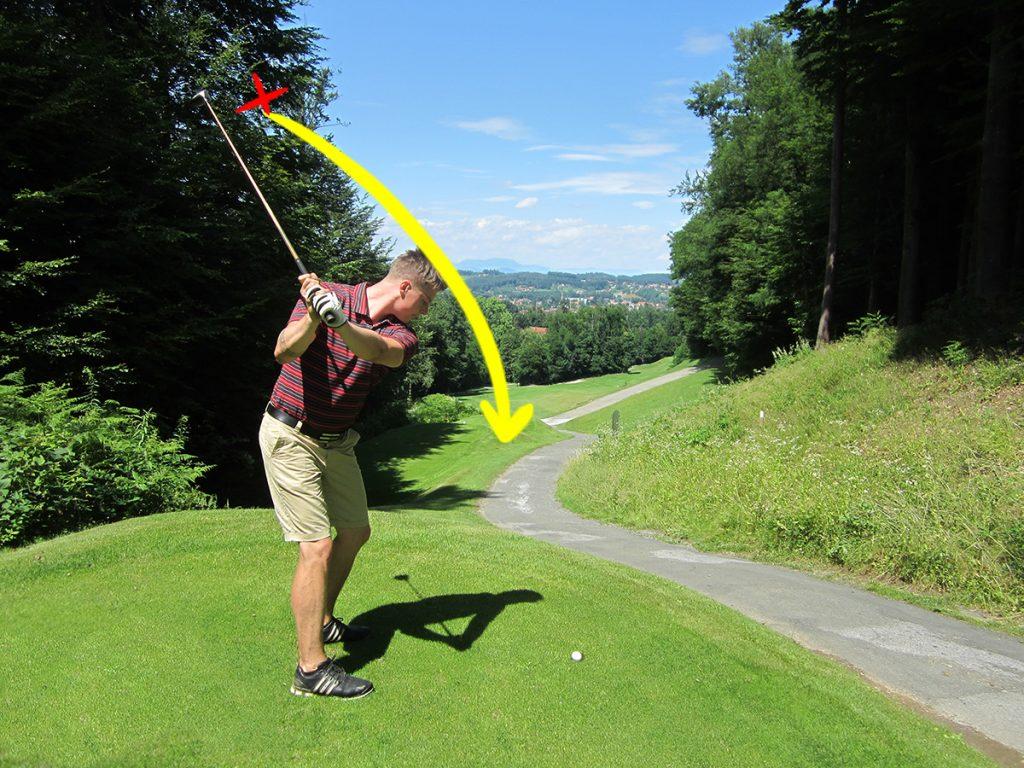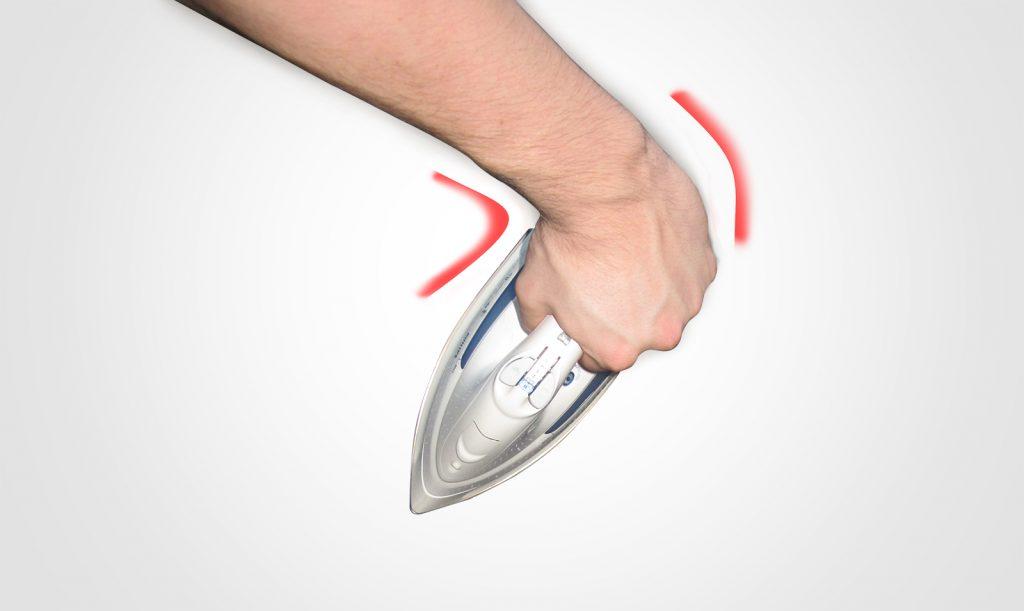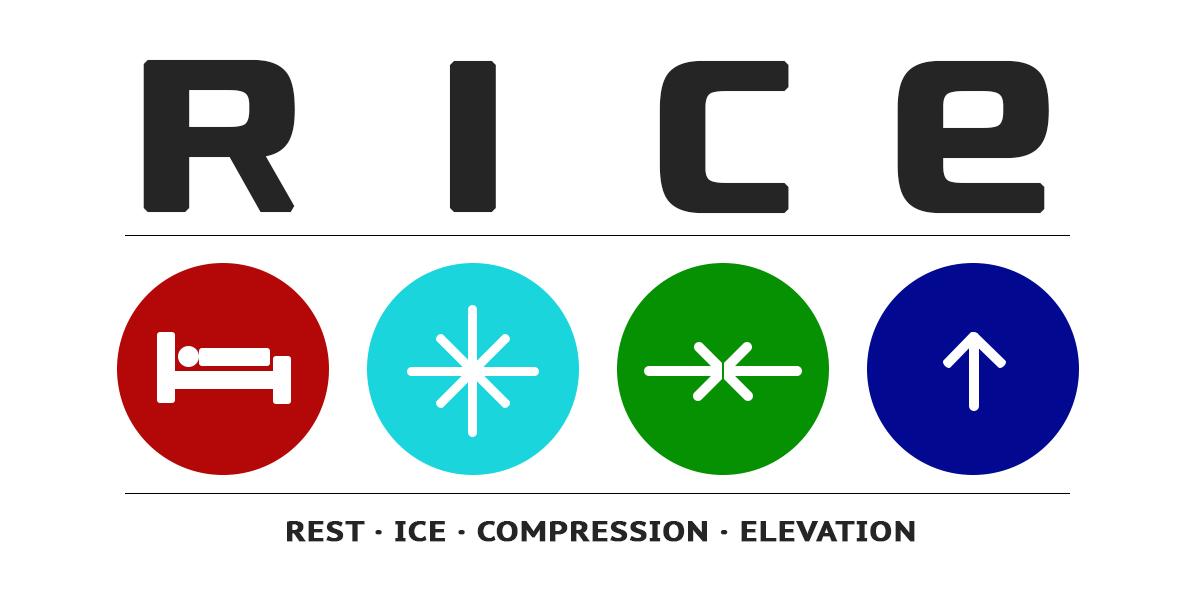Suffering from elbow pain? No more!
»Sorry pal, my elbow still hurts, I can′t play today!« – and that is the reason you won′t be able to have a great day and win another golf game. Don′t feel sorry for yourself and do something about that painful elbow right away.
You may not have time to visit a doctor or physiotherapist, or you rather decided that because you feel pain only when performing certain motions, it′s not so important and in time the pain should go away by itself.
Yes, it′s true, if you rest long enough the pain will stop at some point. But let me tell you, it can take months. What is more, we never really rest with our arm, therefore it can′t get better as quickly as you may wish.
1. GOLFER’S ELBOW
The reason for having pain in the inner elbow area is medial (inner side) epicondylitis (inflammation of epicondyle).
This expression is weird, I know, but don′t get scared. Epi – cooo …. What? Shorter, golfer′s elbow. Just remember, when you feel pain on the inner side of your elbow, it′s in most cases because tendons of flexor muscles are inflamed.
It′s the area where flexor muscles are attached to the bone (humerus). These muscles flex and bend the palm towards the wrist, causing pain on the inner aspect of the elbow and forearm. Not just pain and tenderness, but also stiffness and mild swelling restrict movement of the joint.
There are a few symptoms that we mustn′t forget when speaking of golfer′s elbow pain:
- dull ache when at rest
- pain when making a fist
- soreness around the affected elbow bump
- weak grip
- difficulties and pain when trying to grasp objects, especially with the arm stretched out
2. What causes elbow pain?
Have you lately overused or repeatedly put pressure on the tendons near the elbow joint? Well, exactly that can overload this tissue, particularly where the tendon anchors to the bone. There are many conditions and events that may cause elbow injuries, such as:
- lack of strength and stability in the forearm muscles and shoulder muscles
- instability of the elbow joint
- repetitive movements
- poor technique during sports activities
- other factors such as bursitis, osteoarthritis, referred pain, nerve entrapment or irritation, ligament sprain, bone fracture…
Bad golf technique as one of the main reasons for golfer′s elbow
Poor technique when hitting the ball can cause inflammation. As I wrote before, this injury is caused by bending the wrist against resistance toward the palm repetitively.
Such a golf injury occurs when »hitting from the top« or »above you» where the right arm (for right-handed golfers) is forcefully bringing the club down from the top of the swing, putting extreme stress on the flexor muscles of the right elbow instead of pulling the club down with the left arm and the body.
You may also bring on golfer′s elbow by using wrong equipment, like too stiff golf clubs or using grips that are too large.
Every once in a while it is also recommended that you record yourself to see if there are any severe deviations from golf swing and posture guidelines.
Other sports
The injury can occur as a result of a range of physical activities – racquet sports, rowing, canoeing, weightlifting, hockey, wrestling, swimming, tennis (lateral epicondylitis), bowling, baseball or any repetitive gripping.
House chores
Not just playing golf but also everyday house chores irritate the structures around the elbow joint, especially those which include fist compression while your arm is stretched out (ironing, for example).
Speaking about risk factors, typing is also one of the nonathletic activities that cause elbow pain. I know it′s almost impossible to put the computer aside, but at least put your hand or more specifically your wrist in a neutral position and put a pillow under forearm.
I find this paragraph just as important as the one talking about bad golf technique, because many would use this as an excuse for their laziness – just joking!!! What I am trying to say is that golf is not the only reason to get medial epicondylitis.
3. Make a test and visit your doctor
You can examine yourself quickly. Sit on a chair and put your injured arm resting on the table with your palm up. Ask someone to hold your wrist down and try to raise your hand by bending the wrist. If you feel pain, then the diagnosis is positive.
I recommend visiting a doctor who will make a few tests (manually, ultrasound, MR…) just to make sure what is wrong and prescribe further treatment.
For pain, your doctor may recommend an oral NSAID (nonsteroidal anti-inflammatory drug) like ibuprofen and naproxen or aspirin to reduce pain and swelling. In some cases you may also get an injection of a corticosteroid or painkiller in the elbow.
This may relieve pain and swelling in the short term and do not have long-term benefits. If the pain constantly repeats then considering a surgery is not a bad idea.
4. Conservative treatment – physical therapy
It helps in relieving pain and augments the recovery process. A combination of prescribed medicine and exercises can reduce stress to the elbow, speed up the recovery process and minimize the risk of recurrence.
How the physical therapy for injured medial epicondylitis usually looks:
Golfer′s elbow is treated like any other soft tissue injury – R.I.C.E. regime is included.
It means:
- Rest – To bring pain and swelling under control as quickly as possible and is needed for healing of the injured tissue.
- Ice – Vasoconstriction means narrowing of blood vessels by small muscles in their wall. When blood vessels constrict, blood flow is slowed or blocked. It is used for reducing pain and inflammation. Ice can be applied for 20 minutes at a time, 4-8 times a day (repeat max. 2 – 3 days).
- Compression – Helps reduce the swelling. Most commonly used are elastic bandages and kinesio taping.
- Elevation – Elevate arm above the level of your body to optimize venous return to the heart. Lay down and use a pillow to help elevate the injured limb.
After the R.I.C.E. phase, there is a next step that includes application of heat, massage, acupuncture, taping for removing scar tissue and for speeding up the healing process. Some physiotherapists also use different therapy devices like ultrasound, laser, shockwave therapy…
Once most of the pain has been reduced, the rehab process continues by regaining strength, power, endurance and flexibility of the injured muscles and tendons.
5. Preventing the injury
The 3 most important preventative measures include:
- Warm up to prepare muscles and tendons for activities. If you want to know how to warm up as much as possible in 5 minutes, download our program -> 5MIN WARMUP PDF (developed in collaboration with physiotherapists)
- Stretch to keep muscles and tendons flexible to prevent strain or sprain injuries.
- Strengthen and condition the forearm muscles and wrist.
Conclusion
Golfer’s elbow is something you shouldn’t take easily. Warm up well and keep an eye on your golf technique. Also make sure not to putt to much stress on your wrist and elbow in other activities.
Have you ever had a golfer’s elbow? How long did you need to cure it?






Great article. very helpful. Im currently going through some issues with my elbow. I will definitely try your recommendations.